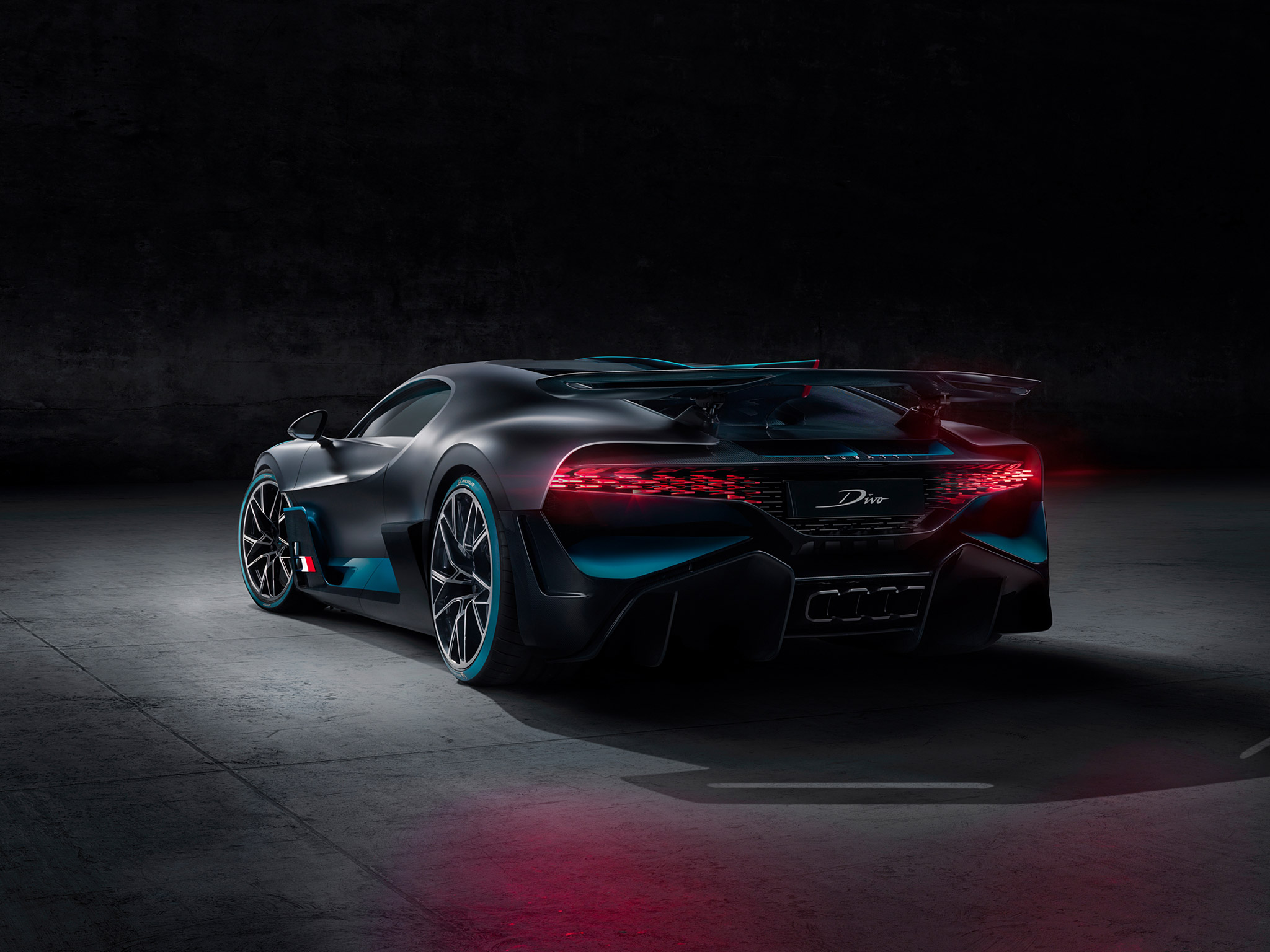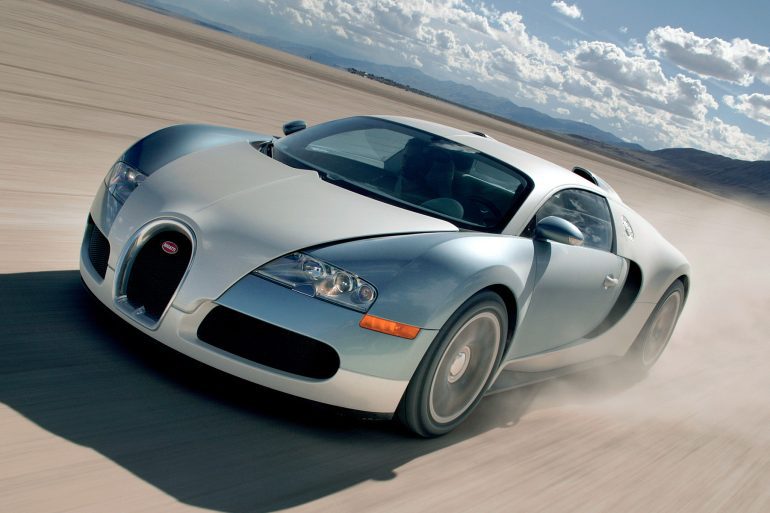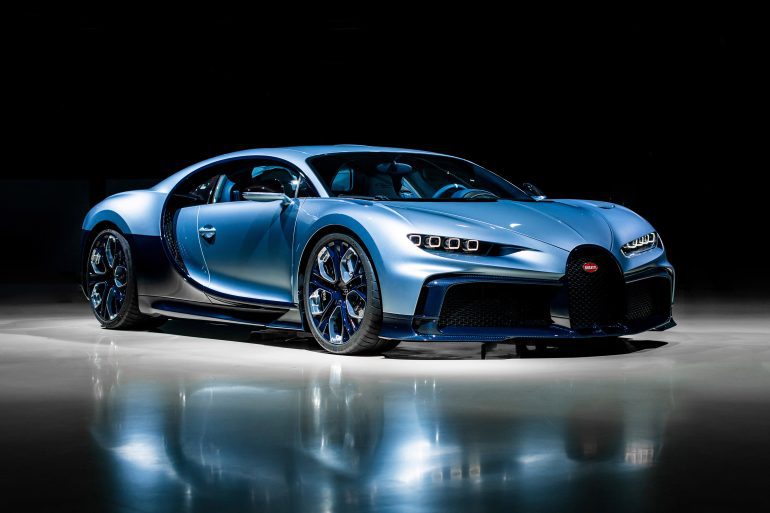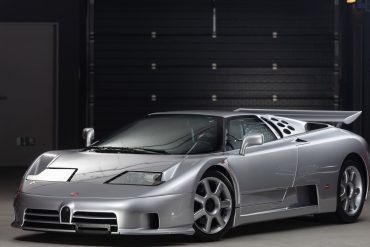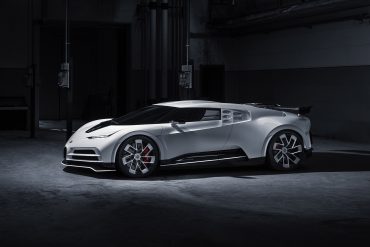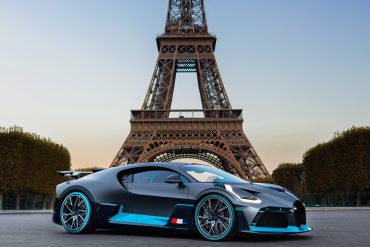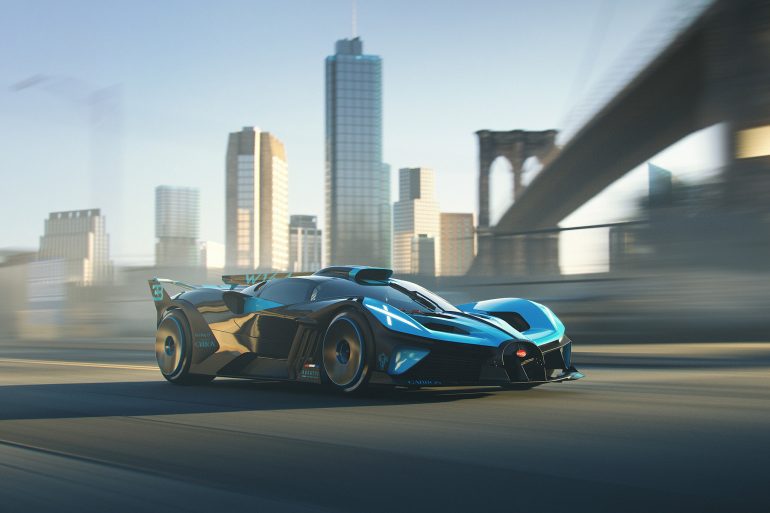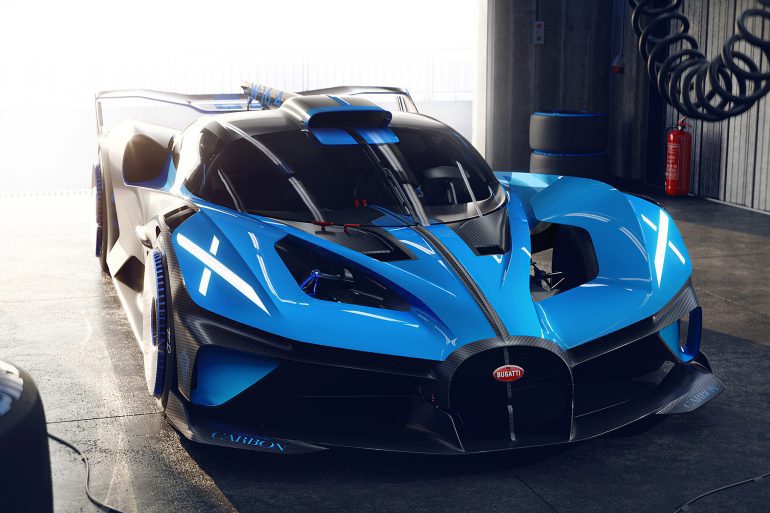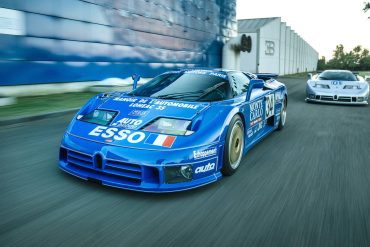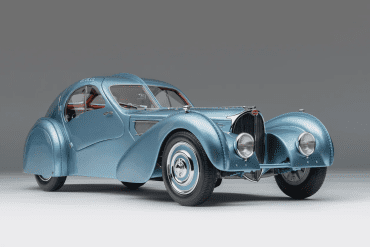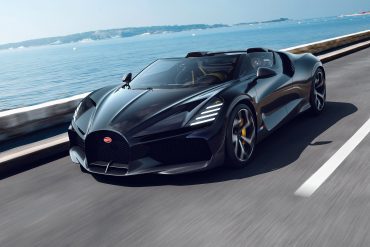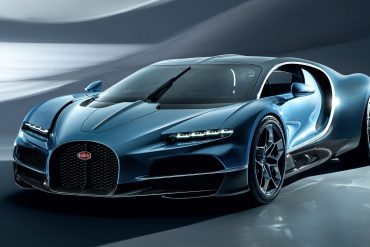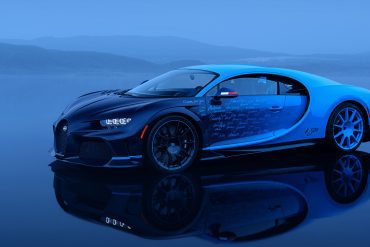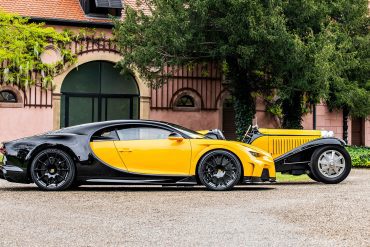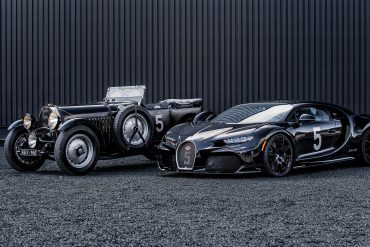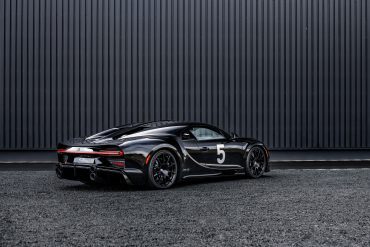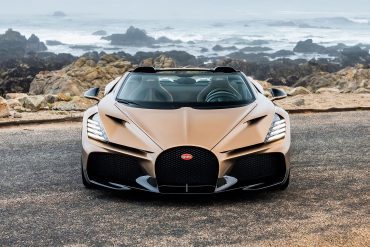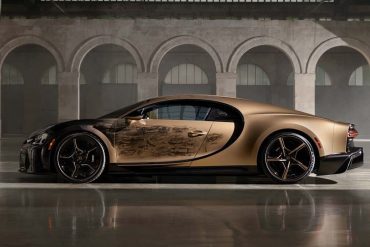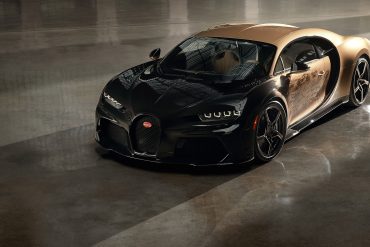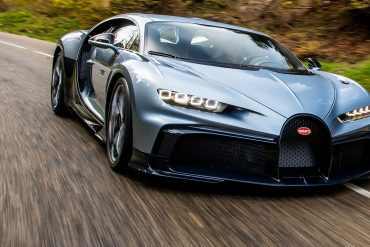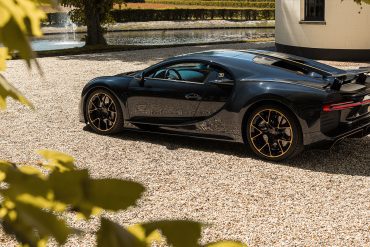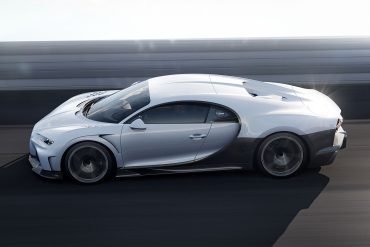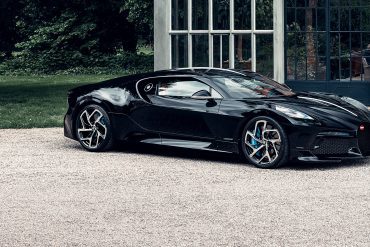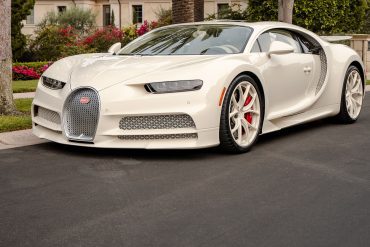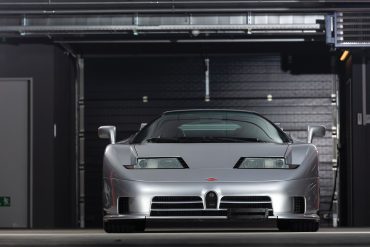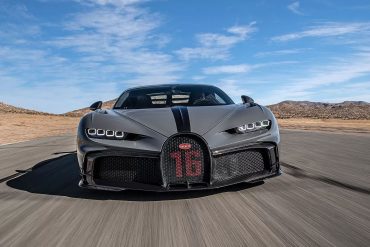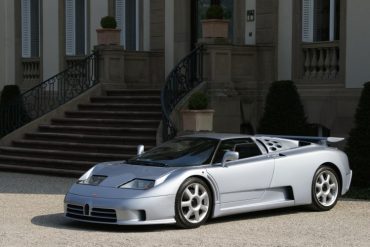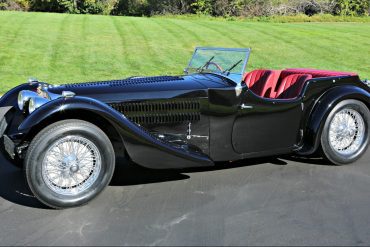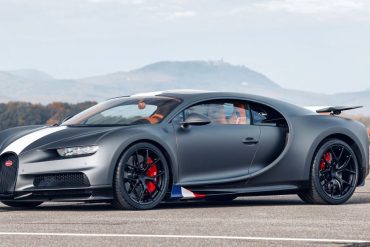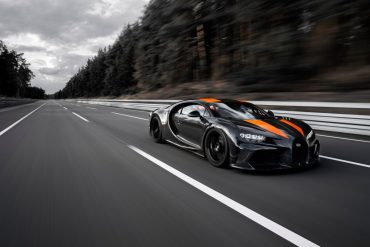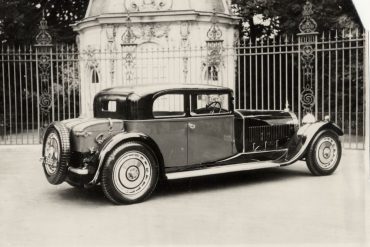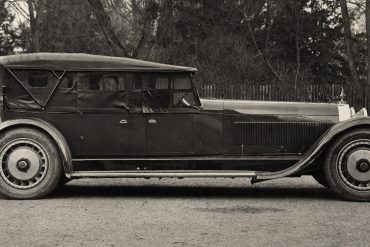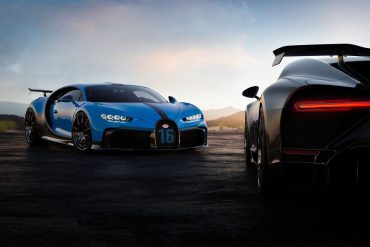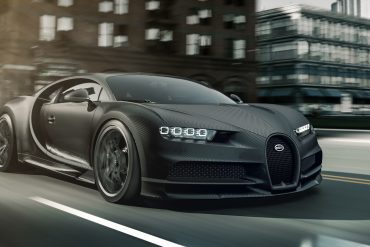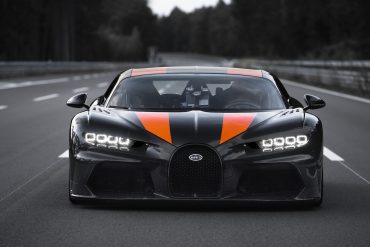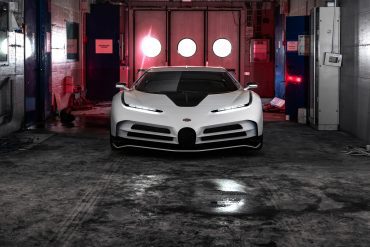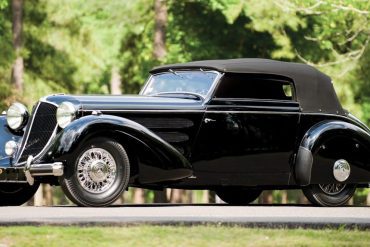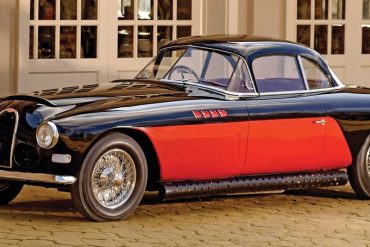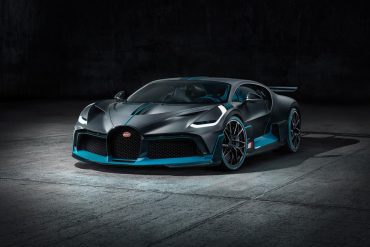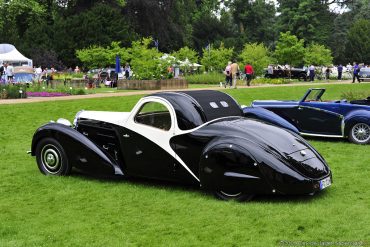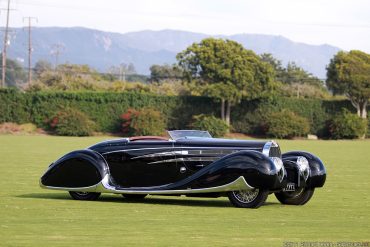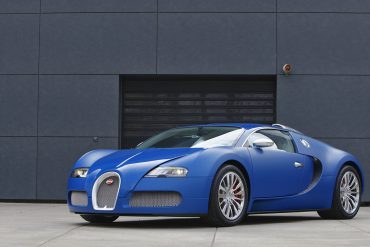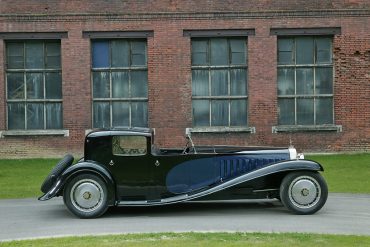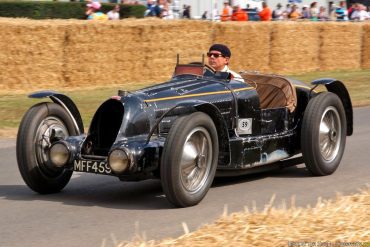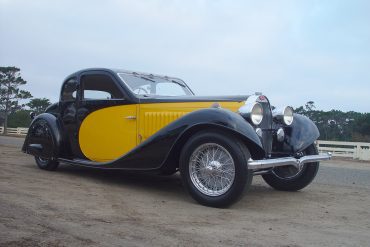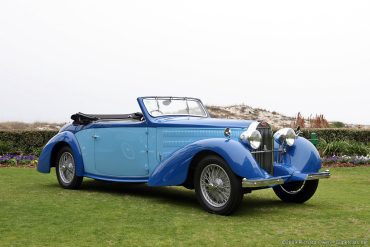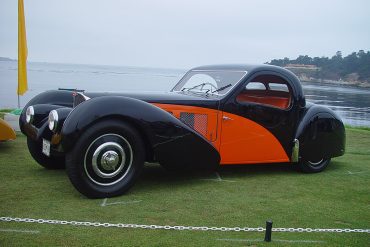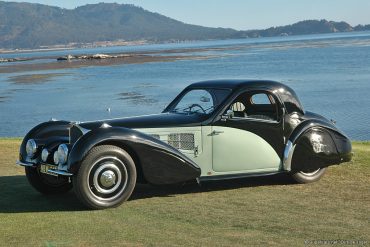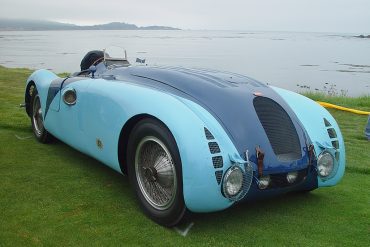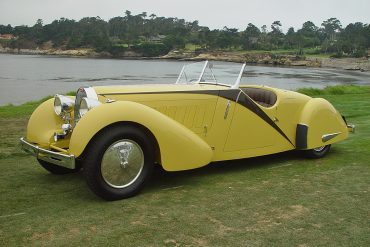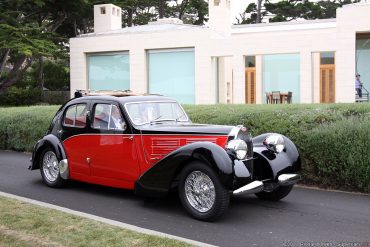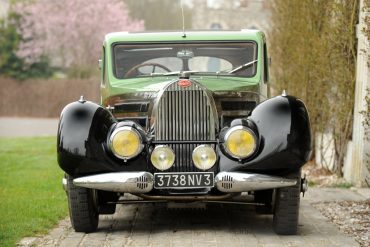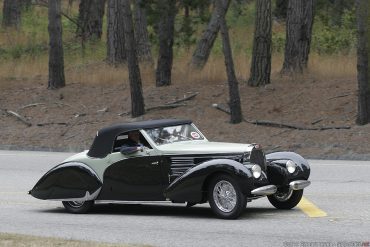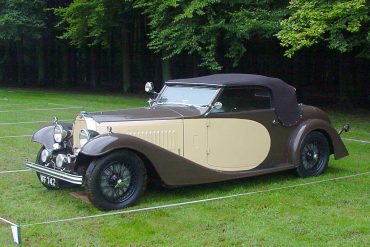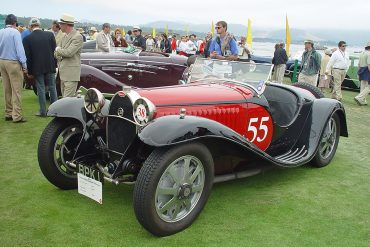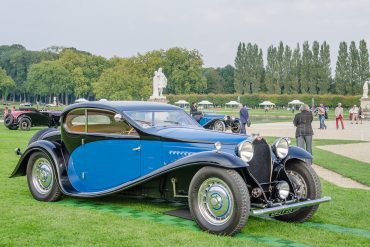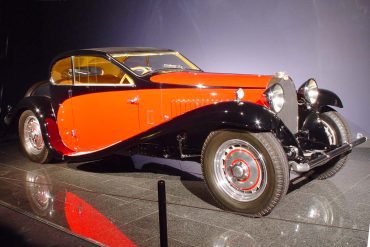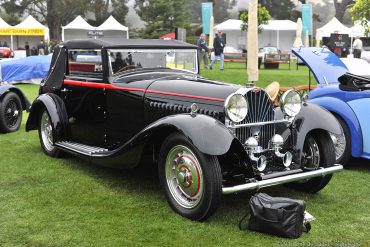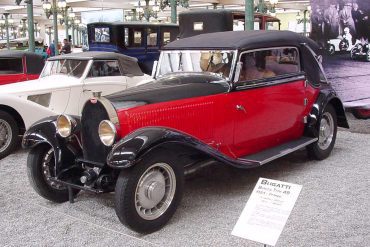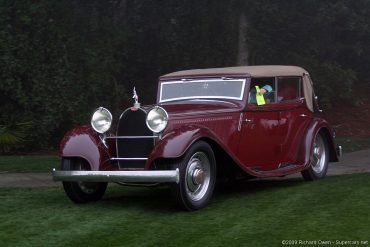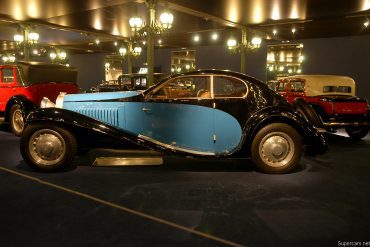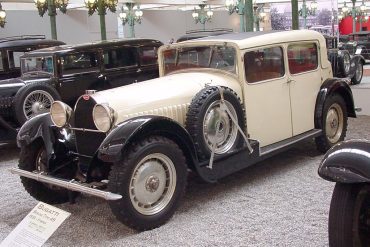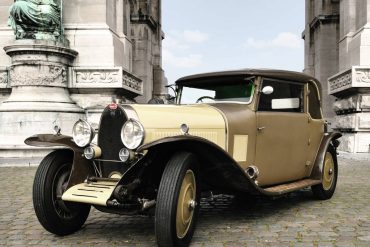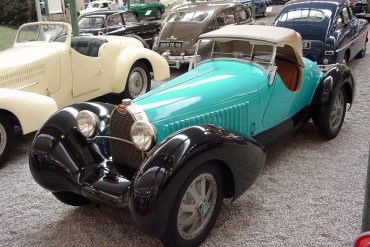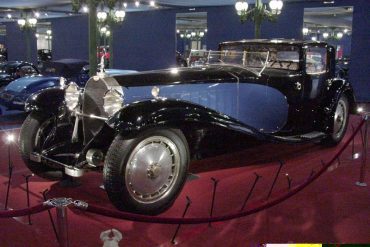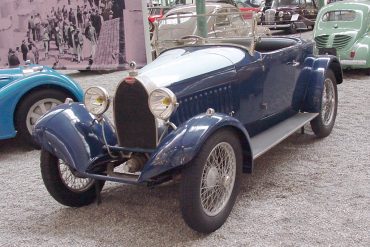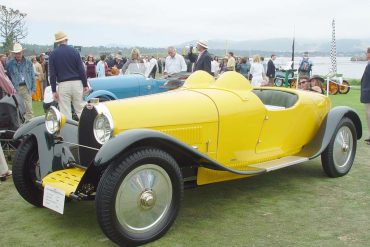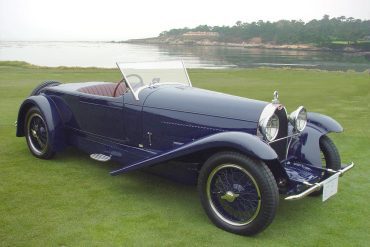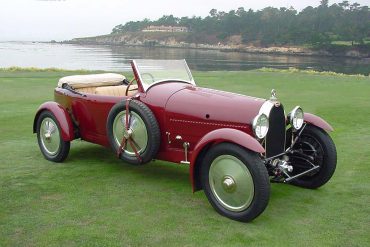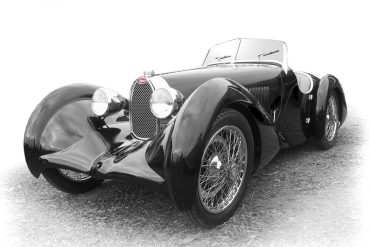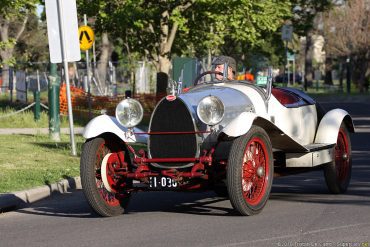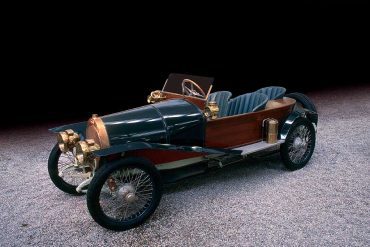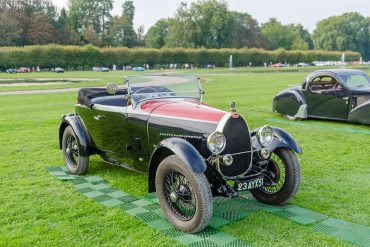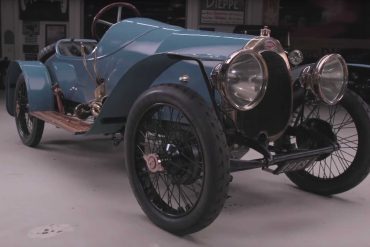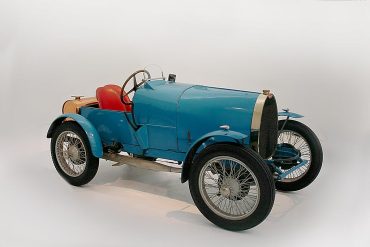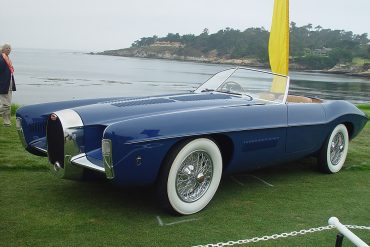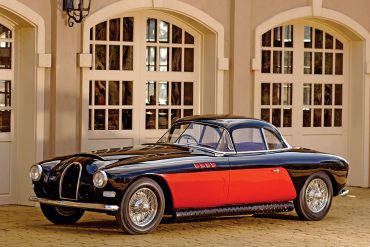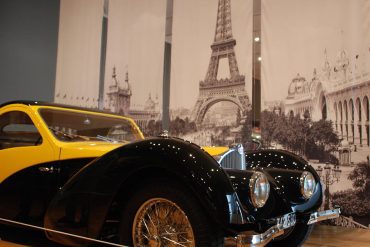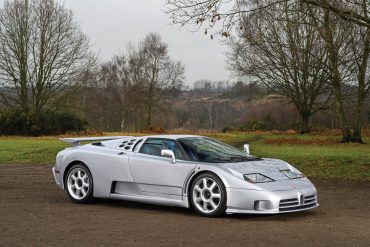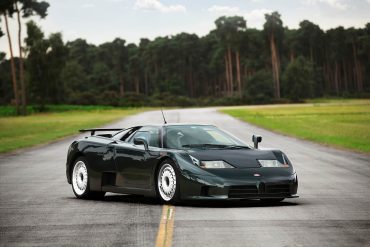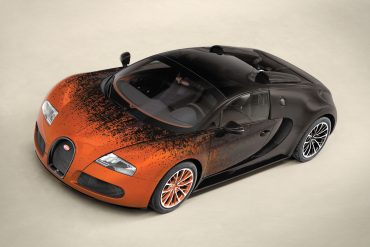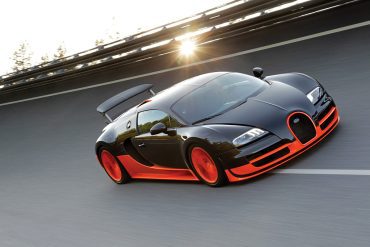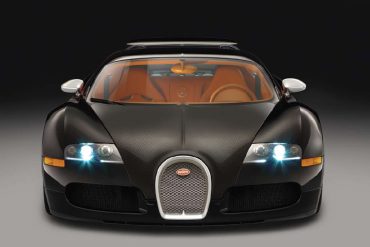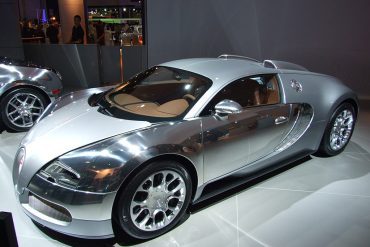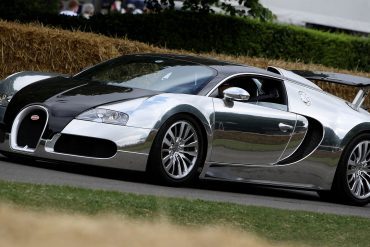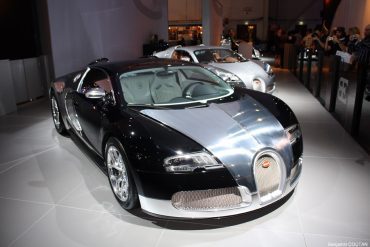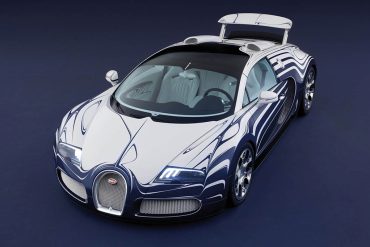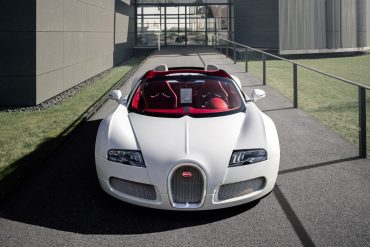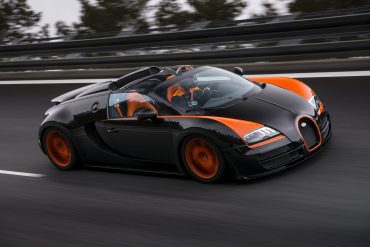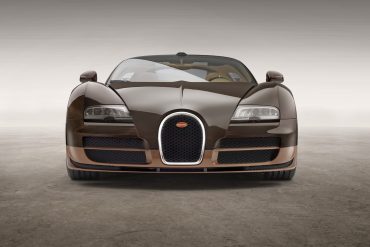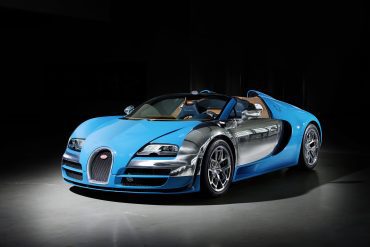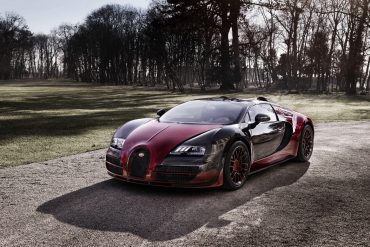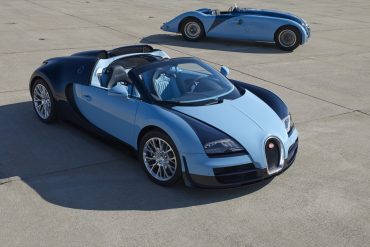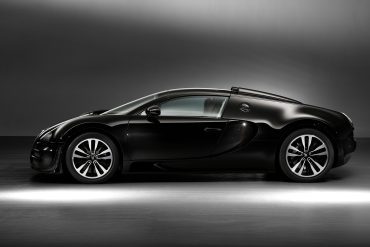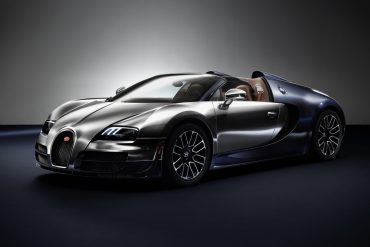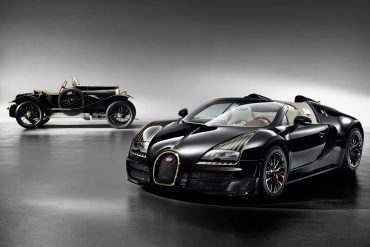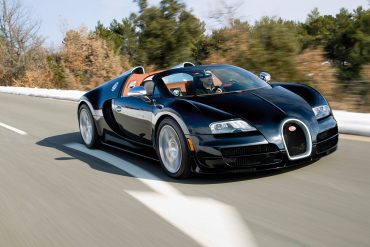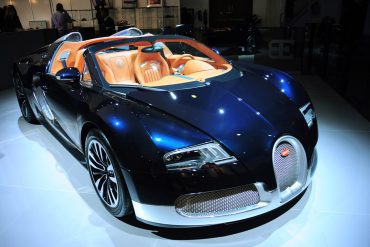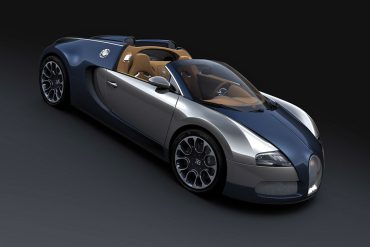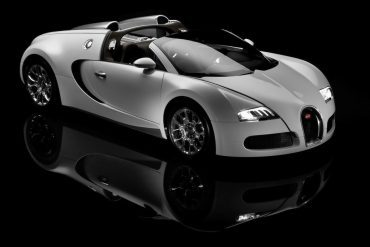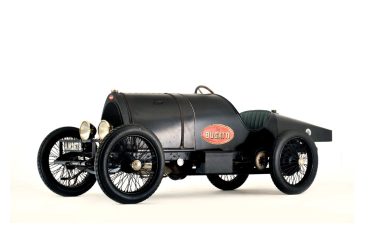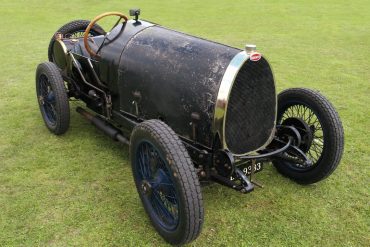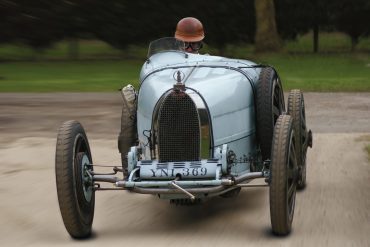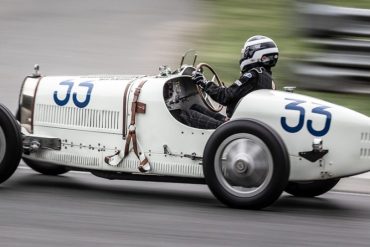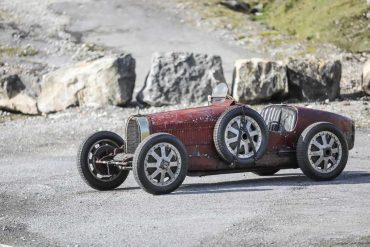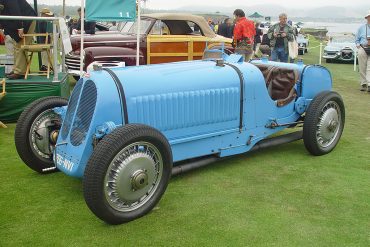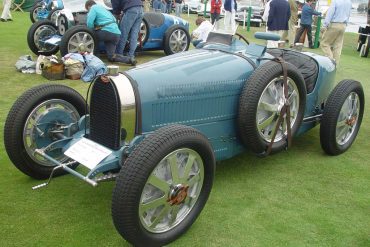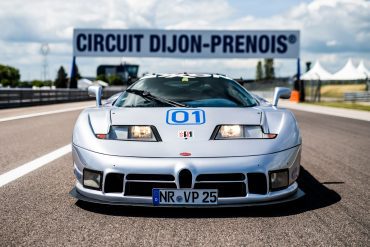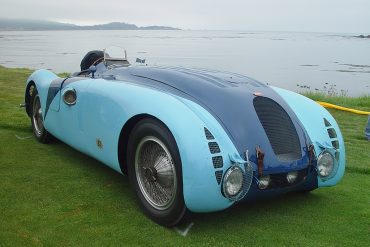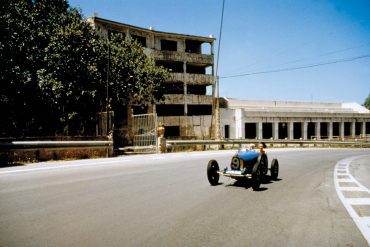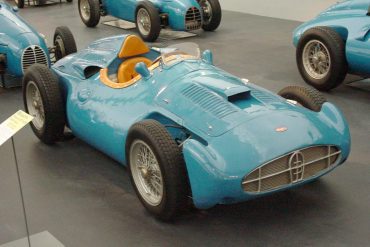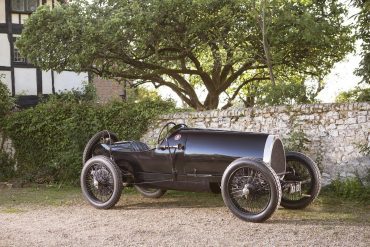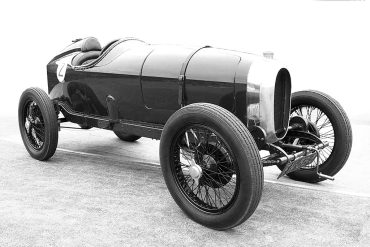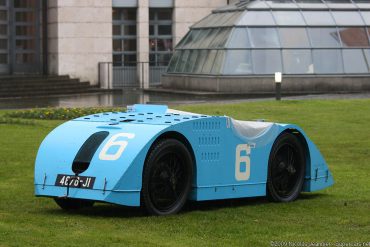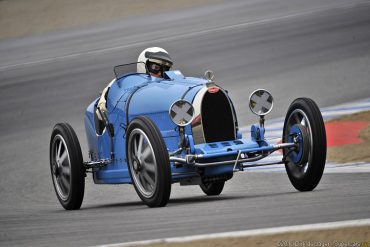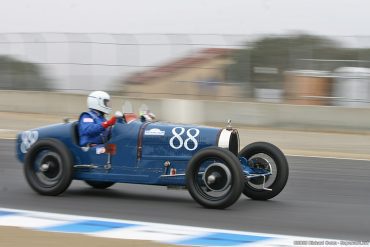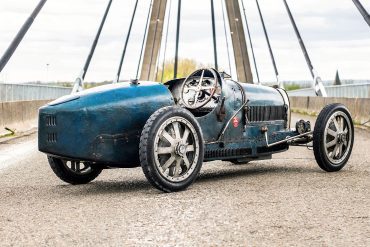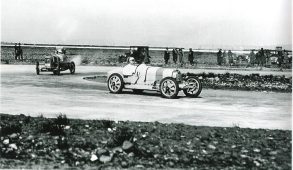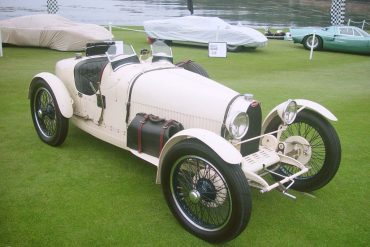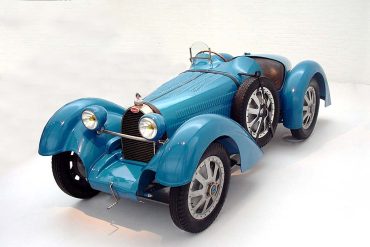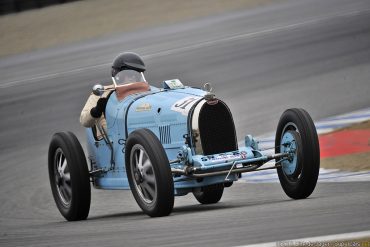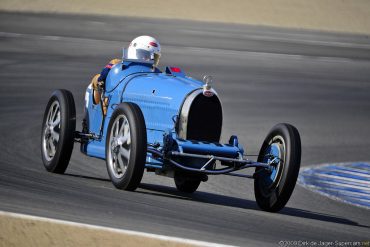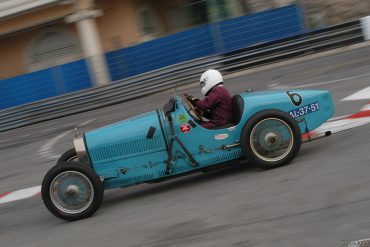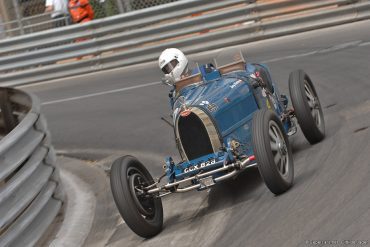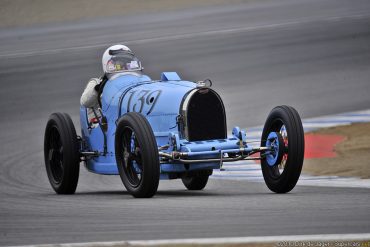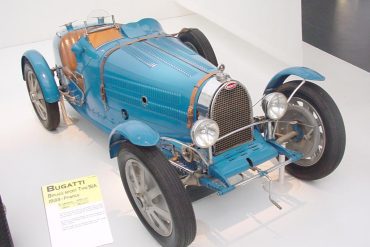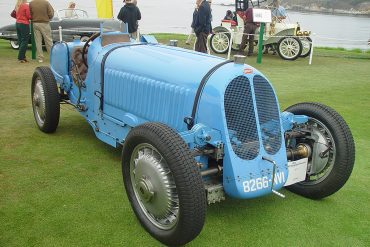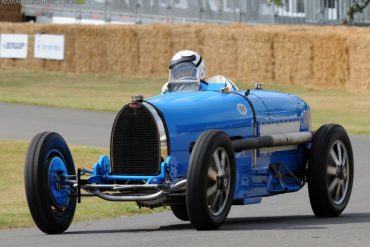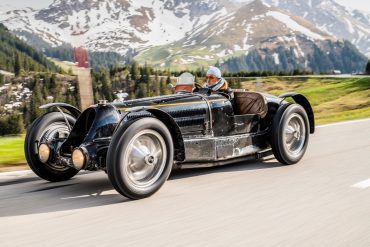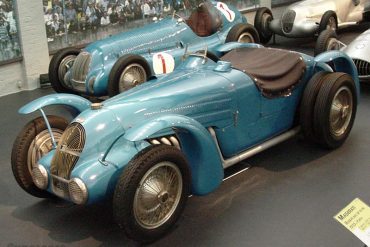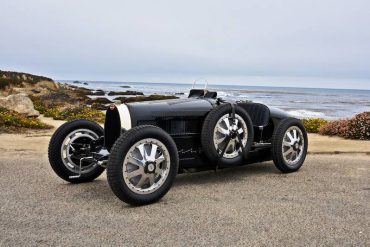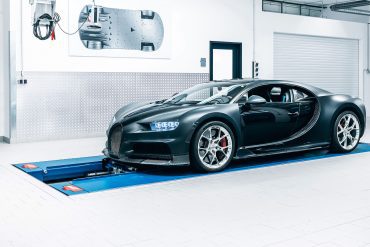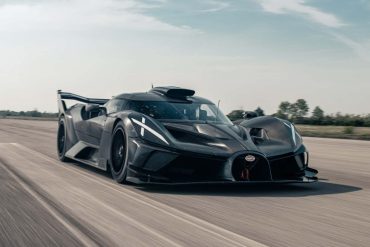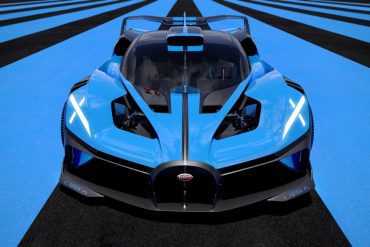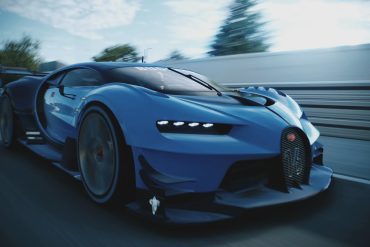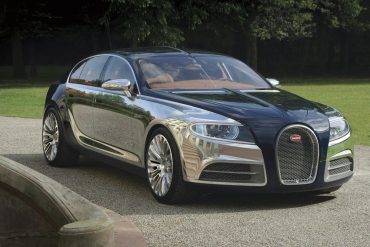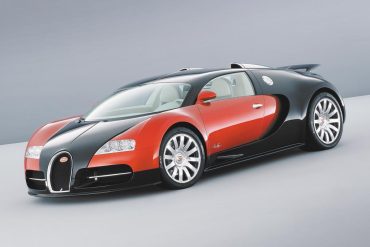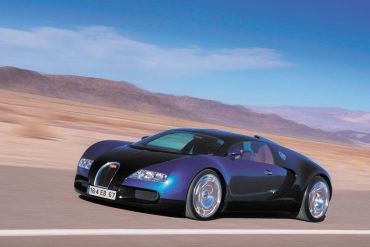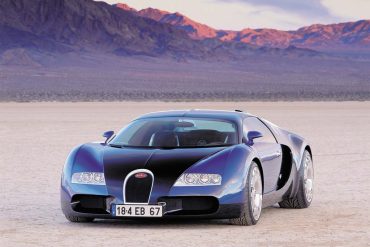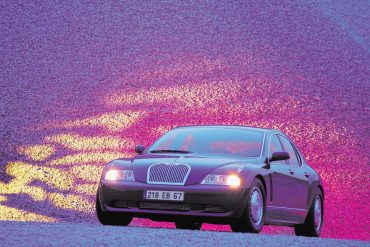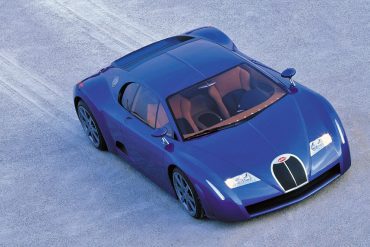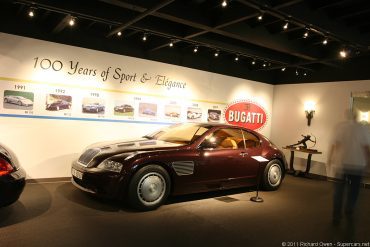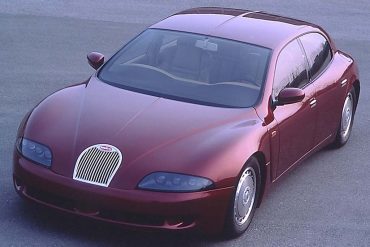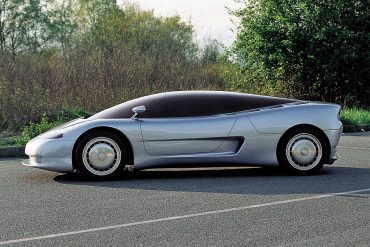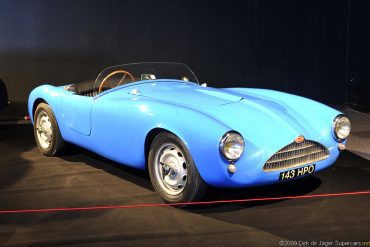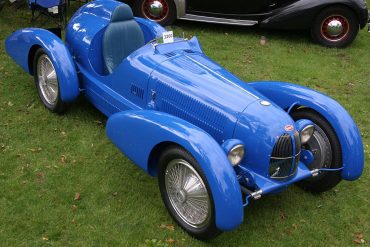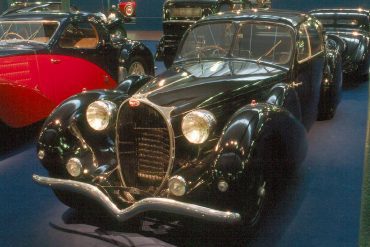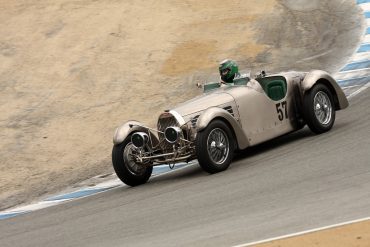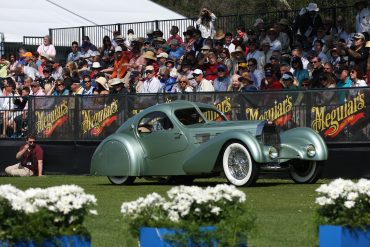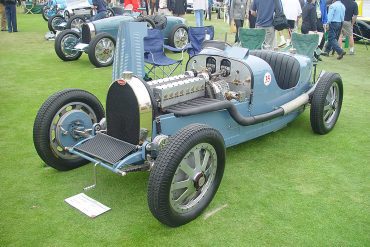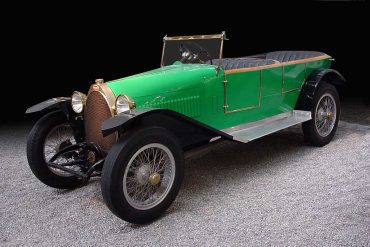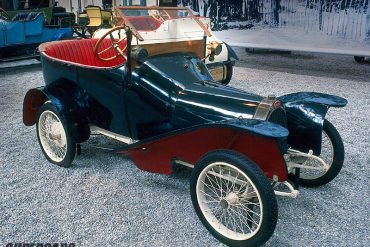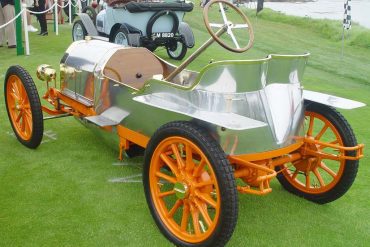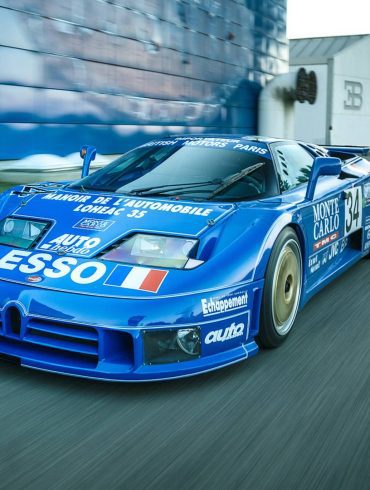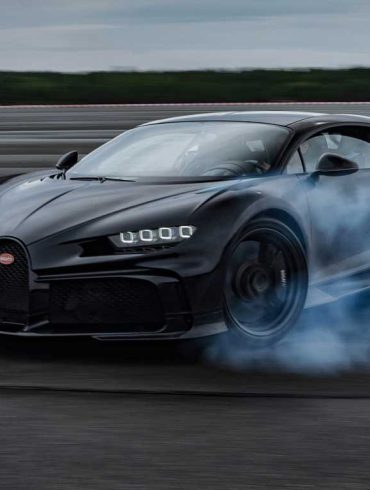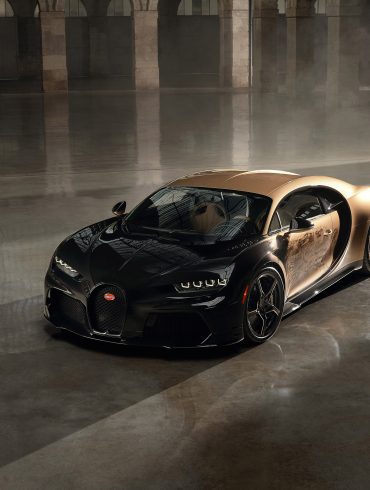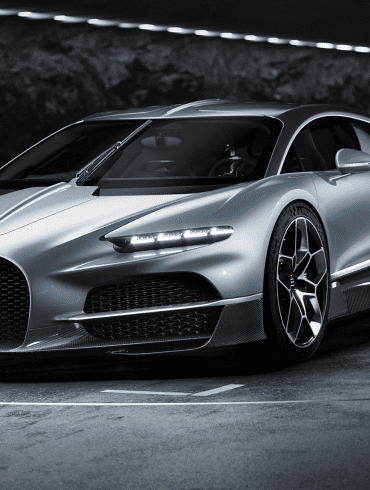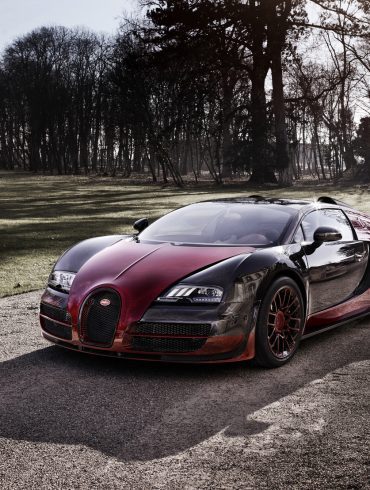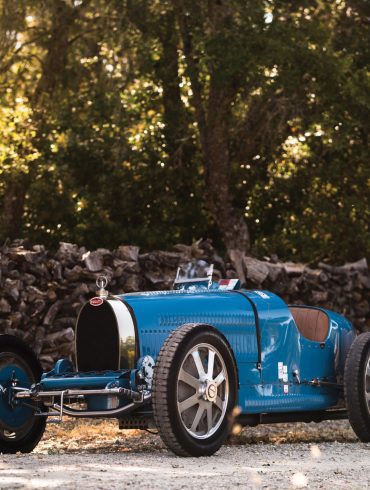Bugatti Models
Model Deep Dives / Production Cars / Racing Cars / Concept Cars
Bugatti Model List. Every Bugatti Ever Made.
Bugatti, with its rich history has produced some of the most iconic and groundbreaking automobiles in the industry.
The Type 35 is arguably one of the most successful racing cars of all time, dominating motorsport in the late 1920s and early 1930s. Its distinctive design, featuring a slim body, eight-spoke alloy wheels, and a horseshoe grille, became a symbol of Bugatti's engineering prowess. The Type 35 won over 1,000 races in its time, making it a true icon in the world of competitive racing.
The Royale stands as one of the most luxurious and extravagant cars ever made. It was intended for the wealthiest clients, with Ettore Bugatti aiming to sell it to royalty. Its immense size, supreme luxury, and the 12.7-liter straight-eight engine make it one of the most opulent vehicles of its era. Only six were ever made, each with a unique body, contributing to its legendary status. The Type 57 Atlantic is celebrated for its art deco design and rarity. Designed by Jean Bugatti, Ettore's son, the Atlantic featured flowing coupé lines, a pronounced dorsal seam running from the front to the back, and riveted flanges. Only four Atlantics were built, making it one of the most sought-after collector cars in the world.
The original Bugatti EB110 debuted on September 15th, 1991 – the date of company founder Ettore Bugatti’s 110th birthday. But it wasn’t until almost a year later that Bugatti unleashed the full potential of the EB 110’s quad-turbocharged 3.5-liter V12. The 603-horsepower (449-kilowatt) EB110 Super Sport (or, SS) showed face for the first time at the 1992 Geneva Motor Show.
Most people know Bugatti as a car company because of their awesome Bugatti Veyron. To succeed the EB 110 model produced under the previous ownership, Volkswagen quickly released a series of concept cars whose technological advancements would culminate in the form of the Veyron 16.4. The Veyron EB 16.4 is named in honour of Pierre Veyron, a Bugatti development engineer, test driver and company race driver who, with co-driver Jean-Pierre Wimille, won the 1939 24 Hours of Le Mans while driving a Bugatti. The "EB" refers to Bugatti founder Ettore Bugatti and the "16.4" refers to the engine's 16 cylinders and quad turbochargers. With this engine it blew the doors off every top speed record known. Bugatti spun off dozens of special variants over the course of its life. Below, we outline every Veyron model variant, including special edition cars.
After the Veyron, we had the Bugatti Chiron. Operating beyond the known best standard in any field is incredibly tough; new battle lines had to be drawn. Alongside the pre-marketing activity, which led to those 100s of names on the pre-order list, Bugatti tested the Chiron extensively across several continents, ensuring whatever the conditions it was head and shoulders above the competition. Design was another priority the engineers had to work around. While the design looked to all intents and purposes like it could be an actual car, albeit an extremely high-end one, less consideration was needed for elements like airbags, packaging of the engine, drivetrain and even the interior when the concept was just a shell with numbers for a physics model typed in to the game code – building and developing the real thing represented an entirely different challenge.
Also known as the 2024 Bugatti W16 Mistral, the Mistral has the distinction of being the final model line to carry the now-legendary 8.0L quad-turbocharged W16 that started with the Veyron. Despite appearances, it is not simply a roadster version of a Chiron, but an entirely new design based on research and development done during the Chiron's lifetime, especially the Super Sport and Bolide. Using all of that knowledge, Bugatti markets the Mistral, and has a very good reason to do so, as "the fastest roadster in the world." To run down why, it's simply because the W16 will be turned up to 1,600 PS (1,578 HP), through a bespoke 7-speed dual-clutch semi-automatic transmission to all four wheels, and with the top will howl through 200 MPH. With the top up... no one knows. Yet. 99 units of the Mistral will be made, with all build slots already sold at a staggering €5 million each, before any personalization.
Bugatti Model List
Bentley Production Models
Pre-1960s Bugatti
Bugatti Type 101 C Ghia Roadster
Bugatti Type 101 C Antem Coupé
Bugatti Type 101
Bugatti Type 57 Ventoux
Bugatti Type 57 Stelvio
Bugatti Type 57SC Atlantic
Bugatti Type 57S Atalante
Bugatti Type 57S
Bugatti Type 57 Grand Raid
Bugatti Type 57 Galibier
Bugatti Type 57C Coupé Aerodynamique
Bugatti Type 57C
Bugatti Type 57 Atalante
Bugatti Type 57 Aravis
Bugatti Type 57
Bugatti Type 55 Roadster
Bugatti Type 50T
Bugatti Type 50
Bugatti Type 49
Bugatti Type 37A Hanni Roadster
Bugatti Type 41 "Royale"
Bugatti Type 46S
Bugatti Type 46 Coupé Profilée
Bugatti Type 46
Bugatti Type 43 Grand Sport
Bugatti Type 35A Grand Sport
Bugatti Type 44
Bugatti Type 40
Bugatti Type 38 Gaston Roadster
Bugatti Type 38A
Bugatti Type 38
Bugatti Type 30
Bugatti Type 23 Brescia Tourer
Bugatti Type 23 Torpedo
Bugatti Type 18
Bugatti EB110 Models
Bugatti EB110 GT
Bugatti EB 110 SS
Bugatti EB110 Sport Competizione
Bugatti EB 110 LM
Dauer EB110 Supersport
Bugatti Veyron 16.4
Bugatti Veyron 16.4
Bugatti Veyron 16.4 Grand Sport
Bugatti Veyron 16.4 Super Sport
Bugatti Veyron 16.4 Grand Sport Vitesse
Bugatti Veyron Special Editions
Bugatti Veyron Bernar Venet
Bugatti Veyron Grand Sport S L’Or Blanc
Bugatti Veyron Grand Sport S Sang Bleu
Bugatti Veyron Grand Sport S Middle East
Bugatti Veyron Super Sport S Merveilleux
Bugatti Veyron Grand Sport S Vitesse
Bugatti Veyron Grand Sport Bijan Pakzad
Bugatti Veyron Villa D’Este
Bugatti Veyron Bleu Centenaire
Bugatti Veyron Fbg Par Hermès
Bugatti Veyron Sang Noir
Bugatti Veyron Pur Sang
Bugatti Veyron ‘Nocturne’
Bugatti Veyron ‘Sang D’Argent’
Bugatti Veyron Soleil De Nuit
Bugatti ‘Wei Long 2012’
Bugatti Veyron Vitesse WRC Edition
Bugatti Veyron GS Vitesse ‘La Finale’
Bugatti Les Légendes De Bugatti
Bugatti Jean-Pierre Wimille Veyron
Bugatti Veyron Jean Bugatti
Bugatti Veyron Meo Costantini
Bugatti Veyron Rembrandt Bugatti
Bugatti Veyron Black Ness
Bugatti Veyron Ettore Bugatti
Bugatti Chiron
Bugatti Chiron
Bugatti Chiron Sport
Bugatti Chiron 110 Ans
Bugatti Chiron Super Sport
Bugatti Chiron Super Sport 300+
Bugatti Chiron Edition Noire
Bugatti Chiron Pur Sport
Bugatti Chiron Sport Legendes Du Ciel
Bugatti Chiron Super Sport
Bugatti Chiron Pur Sport Gran Prix
Bugatti Chiron Profilee
Bugatti Chiron L’Ébé
Bugatti Chiron Super Sport Golden Era
Bugatti Chiron Super Sport 57
Bugatti Chiron Profilee
Bugatti Chiron-Based Specials
Bugatti Centodieci
Bugatti Divo
Bugatti La Voiture Noire
Bugatti Bolide
Current Models
Bugatti Mistral
Bugatti Production Cars: In-Depth Guides
The Bugatti lineup, both current and old in lots of detail, model by model.
Bugatti Race Car List
Bugatti was known for technical innovations, legendary race cars and it did all of this early in its storied history. Below we go through all the Bugatti race car models we could find. Lots of victories and domination in this model list.
Bugatti Type 251
Bugatti Type 51
Bugatti Type 51A
Bugatti Type 54 GP
Bugatti Type 53
Bugatti Type 59
Bugatti Type 50B
Bugatti Type 57G “Tank”
Bugatti Type 35
Bugatti Type 35A
Bugatti Type 35B
Bugatti Type 35T
Bugatti Type 35C
Bugatti Type 37
Bugatti Type 37A
Bugatti Type 39 Grand Prix
Bugatti Type 32 “Tank”
Bugatti Type 29/30 Indianapolis
Bugatti Type 29/30
Bugatti Type 13 Brescia
Bugatti Type 16
Bugatti Type 23
Bugatti Type 22
Bugatti Type 18 “Black Bess”
Bugatti Type 17
Bugatti Type 15
Bugatti Type 13
Bugatti EB110 Sport Competizione
Bugatti EB110 LM
Bugatti Concept Car List
This is a list of concepts and prototype vehicles created by Bugatti that never reached full production.
Bugatti Type 10 “Petit Pur Sang” (1908)
Bugatti Type 19 Bebe Concept (1911)
Bugatti Type 28 Torpedo Concept (1921)
Bugatti Type 45 Bi Motor (1930)
Bugatti Type 57 Aérolithe (1934)
Bugatti Type 57S Prototype (1935)
Bugatti Type 64 Coupe (1939)
Bugatti Type 73C (1944)
Bugatti Type 252 (1957)
Bugatti ID 90 Concept (1990)
Bugatti EB112 Concept (1993)
Bugatti EB118 Concept (1998)
Bugatti EB218 Concept (1999)
Bugatti 18/3 Chiron Concept (1999)
Bugatti 18/4 Veyron Concept (2000)
Bugatti 16/4 Veyron Concept (2001)
Bugatti Veyron Preproduction (2002)
Bugatti Galibier 16C (2009
Bugatti Vision Gran Turismo (2015)
Bugatti Bolide Concept (2020)
Bugatti Bolide Prototype (2023)


